Curated OER
Personification
Introduce your young scholars to personification. The literary device is clearly defined and illustrated with clever examples. Opportunities for guided and independent practice using poems by Emily Dickinson and Langston Hughes are also...
Curated OER
Let's Focus on Idioms
Get online and explore idioms. Your class will use the Internet to locate, choose, and illustrate their favorite idioms. They make a class PowerPoint with illustrations for their idioms and explain the meaning of each. A great way to...
Curated OER
Reading Poetry
Present your class with an overview of poetry-related information. The slides are clearly organized by topic, starting with reading poetry, ending with myths, and touching on everything from the five senses to open and closed forms of...
Curated OER
Idioms: Get the Ball Rolling
Based on books written by Fred Gwynne, particularly A Little Pigeon Toad, this resource connects the language of idioms and figures of speech with visuals that make explicit the often humorous connections between the literal and...
Curated OER
Conventions: Hyperbole
Fifth graders discuss hyperbole. In this language arts instructional activity, 5th graders understand that hyperbole enables writers to make a point by describing something in an overly dramatic way. Students create a list of objects...
Curated OER
It's Raining Cats and Dog: Studying Idioms
Seventh graders determine the literal and figurative meanings of idioms and research the history of idioms. In this idioms lesson, 7th graders read two books by Fred Gwynne and select two idioms from the texts to research. Students...
Curated OER
No Title
Fourth graders identify examples of figurative language in the book, "One Day in the Woods," by Jean Craighead George. They illustrate a figure of speech and identify it as a simile or metaphor. Each student then records their...
Curated OER
Language Arts:Similes That Make Us Smile
Learners identify similes and create their own self descriptions using them as examples. After identifying characteristics associated with pictures of the sun, fish, and other items, they discover how those traits can be used as...
Other
Using English: Glossary of English Grammar Terms
A comprehensive A-Z index of grammar terms with explanations and examples. Each entry provides links to activities and other resources available on the site for more practice on that aspect of grammar. Suggested activities are often...
Georgia Department of Education
Ga Virtual Learning: American Literature; American Romanticism: Vocabulary
This lesson focuses on defining the literary terms in American Romanticism. It features a list of terms and an interactive crossword puzzle using them.
Sophia Learning
Sophia: Antithesis
This slideshow lesson focuses on antithesis; it defines it and explains its uses: to acknowledge the complexity of the situation, to emphasize contrast, and to create a balance between opposites.
Ted Nellen
Cyber English (By Ted Nellen): Analogy
This is a glossary entry for the term "Analogy" including the definition, an example, and links to more information.
Ted Nellen
Cyber English (By Ted Nellen): Syllepsis
This is a glossary entry for the term "Syllepsis" including definitions and links to more information and examples.
Wikimedia
Wikipedia: Figure of Speech
Wikipedia provides a detailed definition of figure of speech, and then includes hyperlinks to different types of figures of speech.
ReadWriteThink
Read Write Think: An Ocean Unit Exploring Simile and Metaphor
Contains plans for four lessons that teach students about similes and metaphors using ocean themed resources. In addition to objectives and standards, this instructional plan contains links to sites used in the lessons as well as...
University of Victoria (Canada)
The U Vic Writer's Guide: Figures of Thought: Conceit
A definition of the term "conceit" as it applies to figures of speech. It further breaks it down into definitions of Petrarchan conceit and metaphysical conceit.
ReadWriteThink
Read Write Think: Figurative Language Awards Ceremony
Contains plans for five to seven lessons that teach about figurative language like similes, metaphors, and personification by asking students to write award acceptance speeches that incorporate them. In addition to objectives and...
ReadWriteThink
Read Write Think: Finding Figurative Language in the Phantom Tollbooth
Contains plans for four lessons that use The Phantom Tollbooth by Norton Juster to teach about figurative language. In addition to objectives and standards, this instructional plan contains links to handouts and to sites used in the...
E Reading Worksheets
E Reading Worksheets: Idiom Worksheets
This site provides seven worksheets to help students understand idioms and their figurative meanings better. In each exercise, students will explain the meaning of idioms that are embedded into sentences.
TES Global
Blendspace: Figurative Language
A twelve-part learning module on figurative language including links to images, videos, a song, and a game to help students learn.
ClassFlow
Class Flow: Figurative Language Review
[Free Registration/Login Required] This lesson helps students understand figurative language.
ClassFlow
Class Flow: Poetry Figurative Language
[Free Registration/Login Required] This flipchart discusses various forms of poetry and gives examples of each. Figurative language is explored as a way of determining the meaning of a piece of literature.
TES Global
Blendspace: Figurative Language & Tone
A twelve-part learning module with links to texts, videos, and websites on figurative language and tone.
Houghton Mifflin Harcourt
Holt, Rinehart and Winston: Elements of Literature: Identifying Figures of Speech [Pdf]
A graphic organizer which allows students to document and list the figures of speech they identify in a given piece of literature. These include simile, metaphor, personification, and symbol, and require examples from the text.


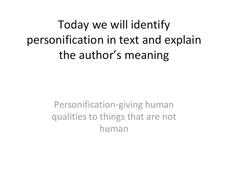



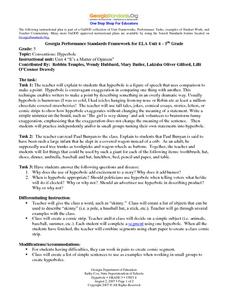








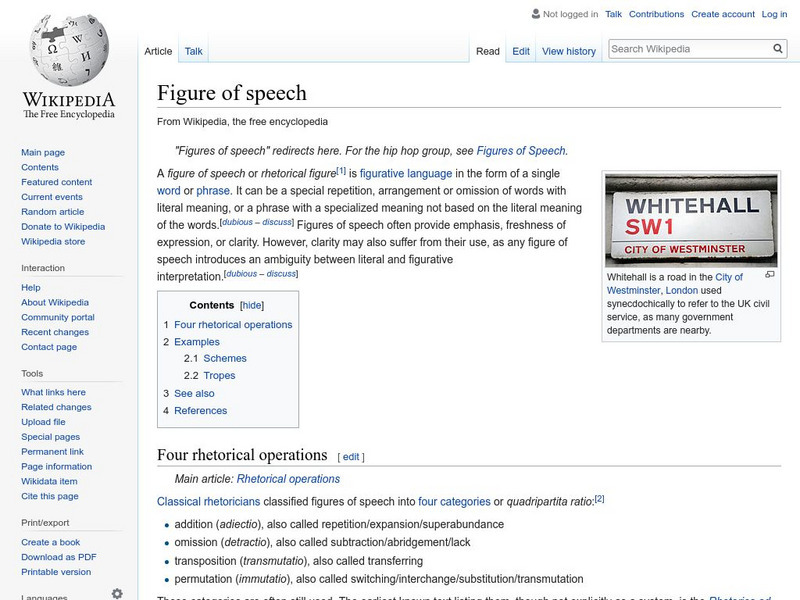
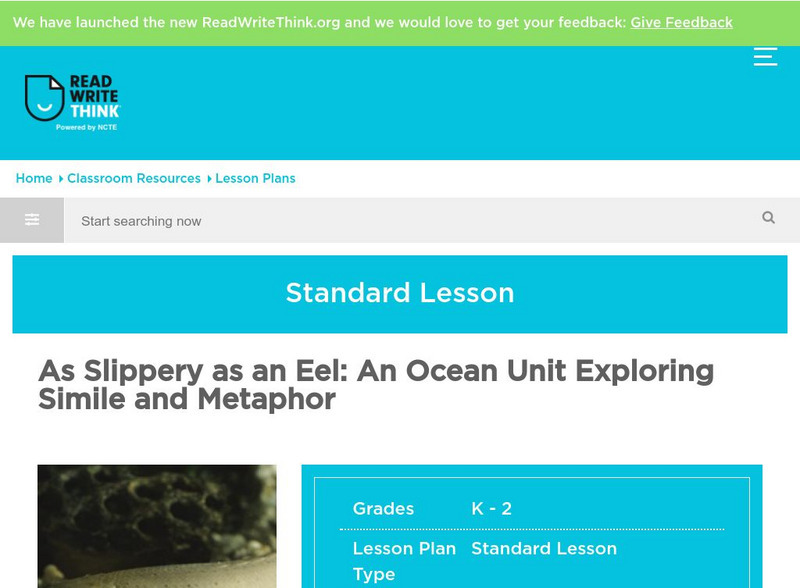




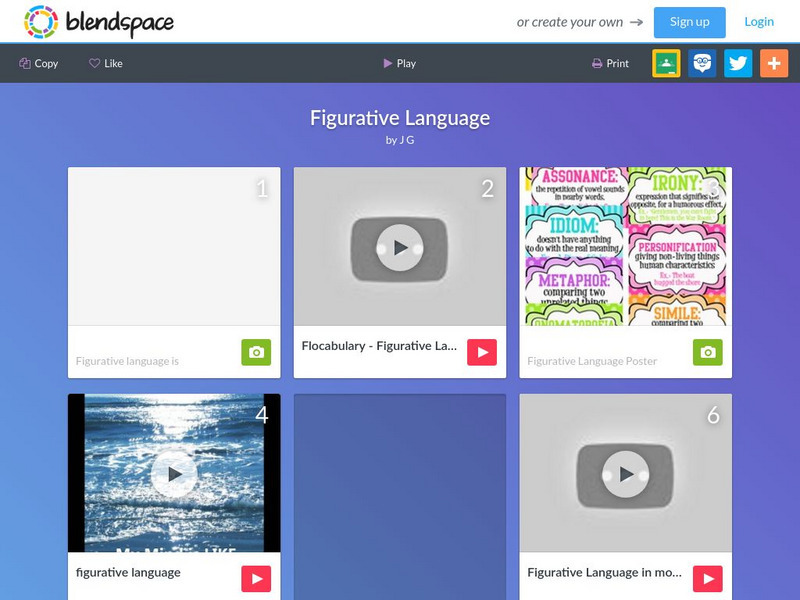



![Holt, Rinehart and Winston: Elements of Literature: Identifying Figures of Speech [Pdf] Graphic Holt, Rinehart and Winston: Elements of Literature: Identifying Figures of Speech [Pdf] Graphic](http://content.lessonplanet.com/resources/thumbnails/410154/large/bwluav9tywdpy2symdiwmduymc0yotywmi1ondh3nneuanbn.jpg?1589985628)